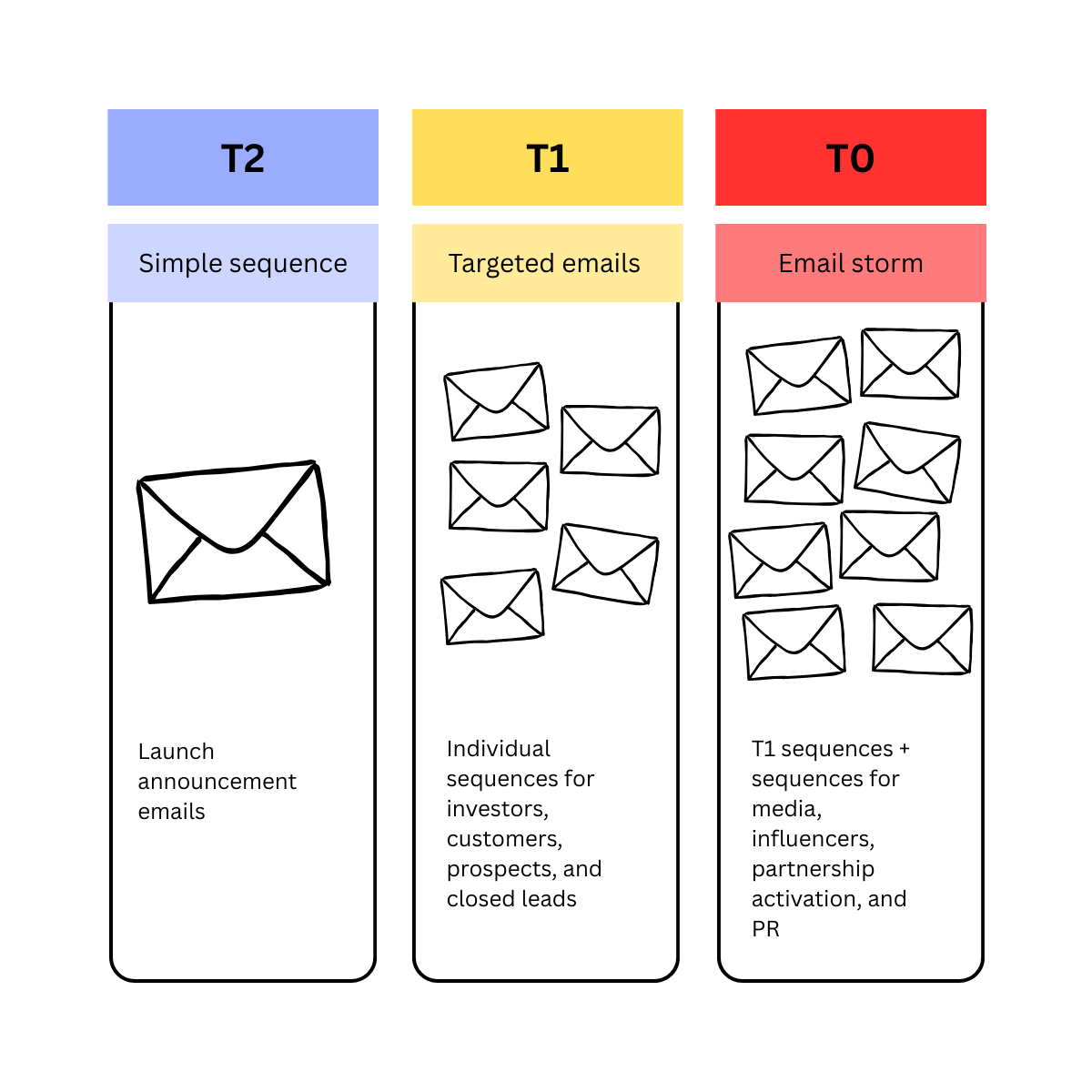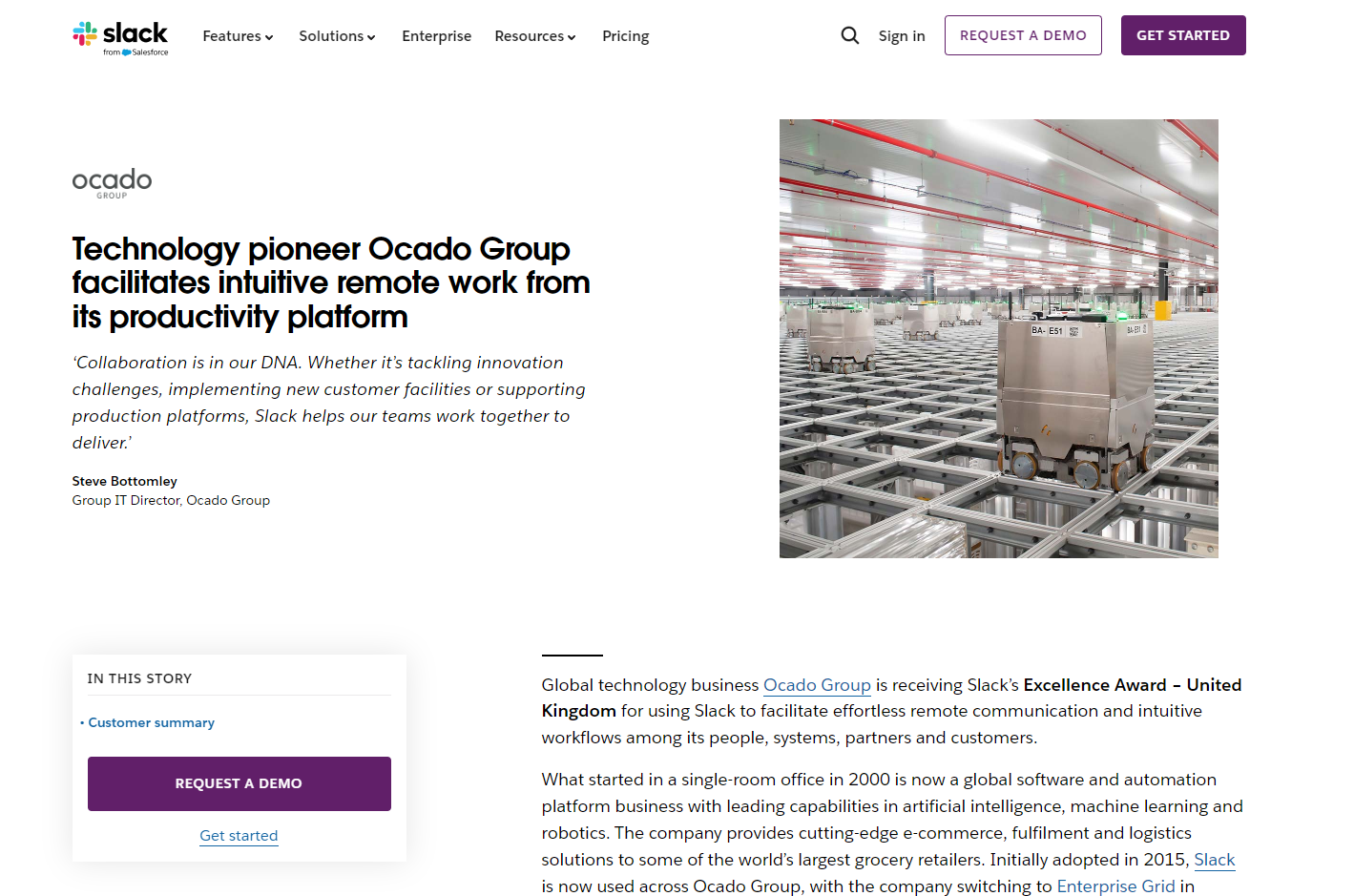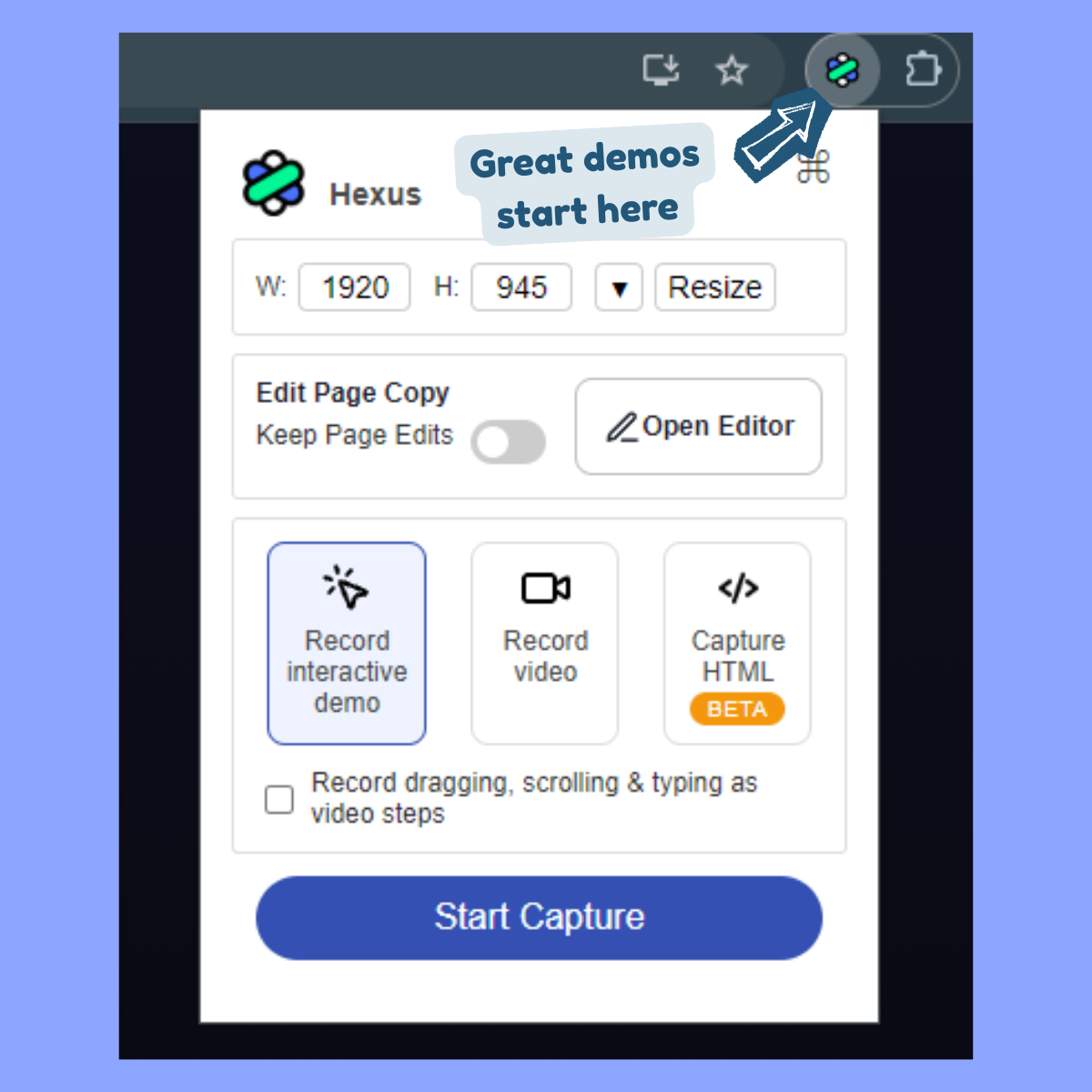From First Click to Lifelong Loyalty: Why Onboarding Is the Heart of Customer Success
.png)
Onboarding isn’t just a step. It’s a strategic moment of truth. When done right, onboarding sets the tone for everything that follows - renewals, expansions, referrals, and long-term brand affinity.
We hosted a recent lunch session with leaders across Customer Success, GTM, and Product. The conversation was power-packed with insights. Here’s a more detailed breakdown of the ideas and insights that resonated most in the crowd of CS rockstars.
.png)
Balancing High-Touch and Low-Touch Onboarding
Every customer is different. So why are we still treating onboarding like a one-size-fits-all process? For small and mid-sized businesses, time and resources are often limited. That makes self-serve onboarding, guided product tours, and automated check-ins essential. But enterprise clients? They often need tailored onboarding paths—think white-glove service, regular touchpoints, and dedicated resources.
The takeaway: Segmentation is key. Build flexible onboarding models that scale, but never at the cost of the customer experience. Create frameworks based on complexity, industry, and user maturity.
Who Should “Own” Onboarding?
Ownership of onboarding varies widely across companies and that’s okay. In some orgs, onboarding lives with CSMs. Others have dedicated onboarding teams or rely heavily on product-led growth (PLG) approaches.
Rather than fixate on structure, focus on clarity:
- Who is responsible for onboarding outcomes?
- How does information flow between teams?
- What’s the customer experiencing at every touchpoint?
The takeaway: As companies grow, onboarding ownership may evolve. Stay flexible, but always align internally so that the customer journey feels seamless.

Modernizing the Onboarding Experience
Customers today expect personalized, frictionless experiences from the get-go. That means onboarding can’t just be a checklist, it needs to reflect the customer's goals, behaviors, and preferences.
Some best practices that came up during our session:
- Use data to personalize the journey in real time
- Align CS, Sales, and Product to ensure handoffs are smooth
- Adopt PLG strategies where applicable—let the product drive early success with minimal lift
The takeaway: Modern onboarding is iterative, not static. It adapts as customer needs evolve.
Compensation: Incentivizing the Right Behavior
One surprising insight? Commission-based compensation doesn’t always serve Customer Success teams well. Instead, many leading organizations are moving toward team-based incentives tied to customer health, expansion potential, and long-term value. This encourages collaboration between sales and CS, and ensures that everyone’s rowing in the same direction.
The takeaway: When teams are rewarded based on mutual success with the customer, stronger partnerships emerge.
The Role of Sales Extends Beyond
Onboarding isn’t just the next step after a sale, it’s the continuation of a strategic relationship. Too often, sales handoffs are rushed or incomplete. But a smooth transition means more than sending a welcome email. The onboarding team needs:
- Clear context on the customer’s goals
- Expectations around timelines and success metrics
- Notes about any nuances in the deal
The takeaway: Think of onboarding as the first true test of the customer’s trust. Make sure you’ve earned it.

Move Beyond Arbitrary Timelines
Many companies use 30-, 60-, or 90-day onboarding periods. But why?
Instead of anchoring to time, consider anchoring to outcomes. Ask:
- Has the customer activated key features?
- Are they seeing value based on their use case?
- Can they achieve a small win early on?
The takeaway: A milestone-based approach shifts the focus from “checking boxes” to building confidence and momentum.
Building a Sustainable Onboarding Team
Let’s talk internal health. Onboarding teams often face high stress, high expectations, and limited resources.
To avoid burnout and scale effectively:
- Clarify roles and expectations
- Standardize core processes without sacrificing personalization
- Equip teams with tools that reduce manual work
The takeaway: A strong onboarding team culture doesn’t just improve employee experience, it leads to better customer outcomes.
Tools That Actually Move the Needle
A bloated tech stack won’t fix broken onboarding. But the right tools? They can drive efficiency and insight.
Here are some of the most impactful platforms:
- CRM for unified customer records and context
- LMS for structured, scalable education
- AI/automation for delivering the right message at the right time
The takeaway: Use technology to guide, not replace. The best onboarding blends human connection with smart automation.

Where AI Fits In
AI isn’t here to eliminate the human element. It’s here to scale personalization in a way that humans alone can’t.
Think:
- Automated nudges based on user behavior
- AI-generated help content tailored to the customer journey
- Predictive analytics to flag risk or expansion signals early
The takeaway: AI becomes an extension of your onboarding team not a replacement.
Aligning Business Outcomes with Human Value
The most successful onboarding strategies go beyond technical success. They focus on:
- Connecting product use to real business outcomes
- Customizing onboarding plans to reflect customer goals
- Creating measurable, mutual definitions of success
Customers don’t just want to use your product. They want to achieve something meaningful with it. Onboarding is your first shot at making that happen.
Conclusion
The days of thinking of onboarding as a “check-the-box” phase are over. In a world where customers have more choices than ever, onboarding can be your biggest differentiator or your biggest liability. Tools like Hexus AI can help you create personalized experiences for your customers. This will enable deeper engagement, increased satisfaction, and stronger brand loyalty by delivering the right content to the right audience at the right time.





.png)

.png)